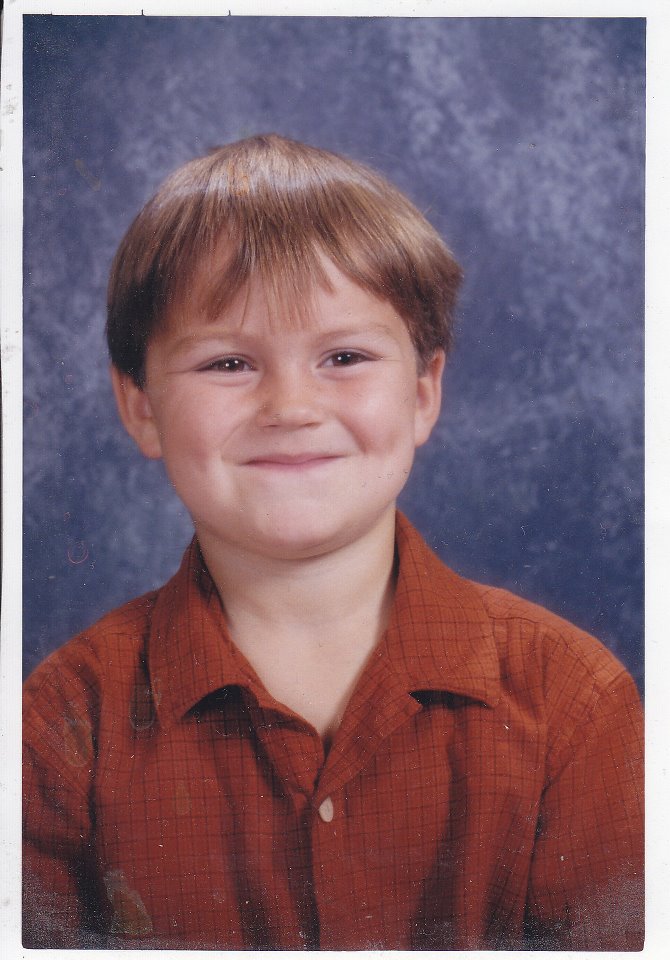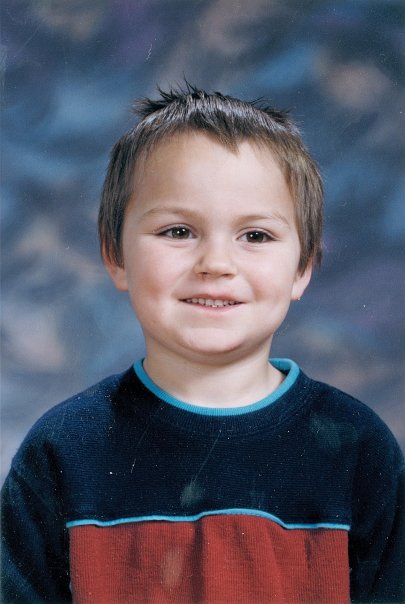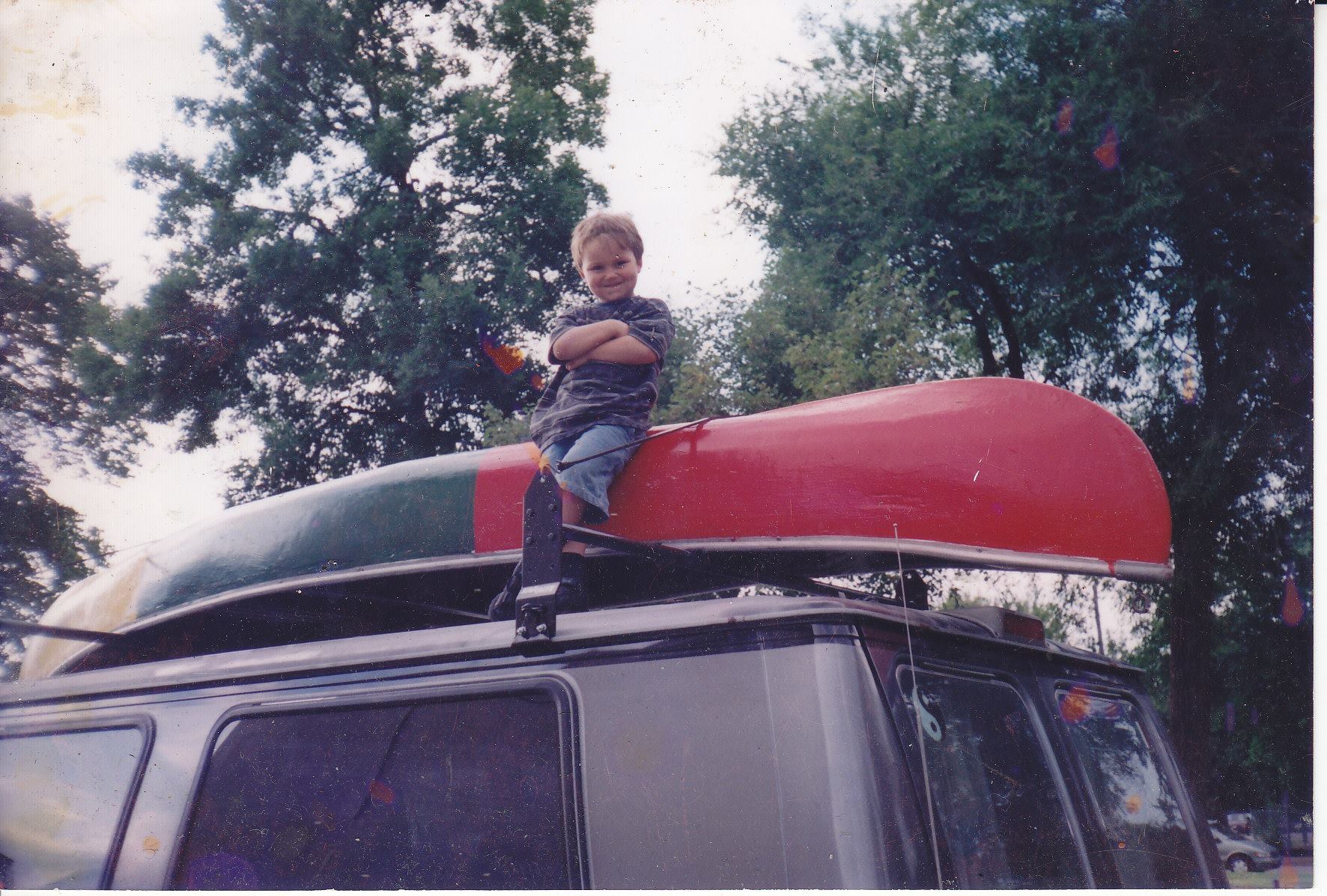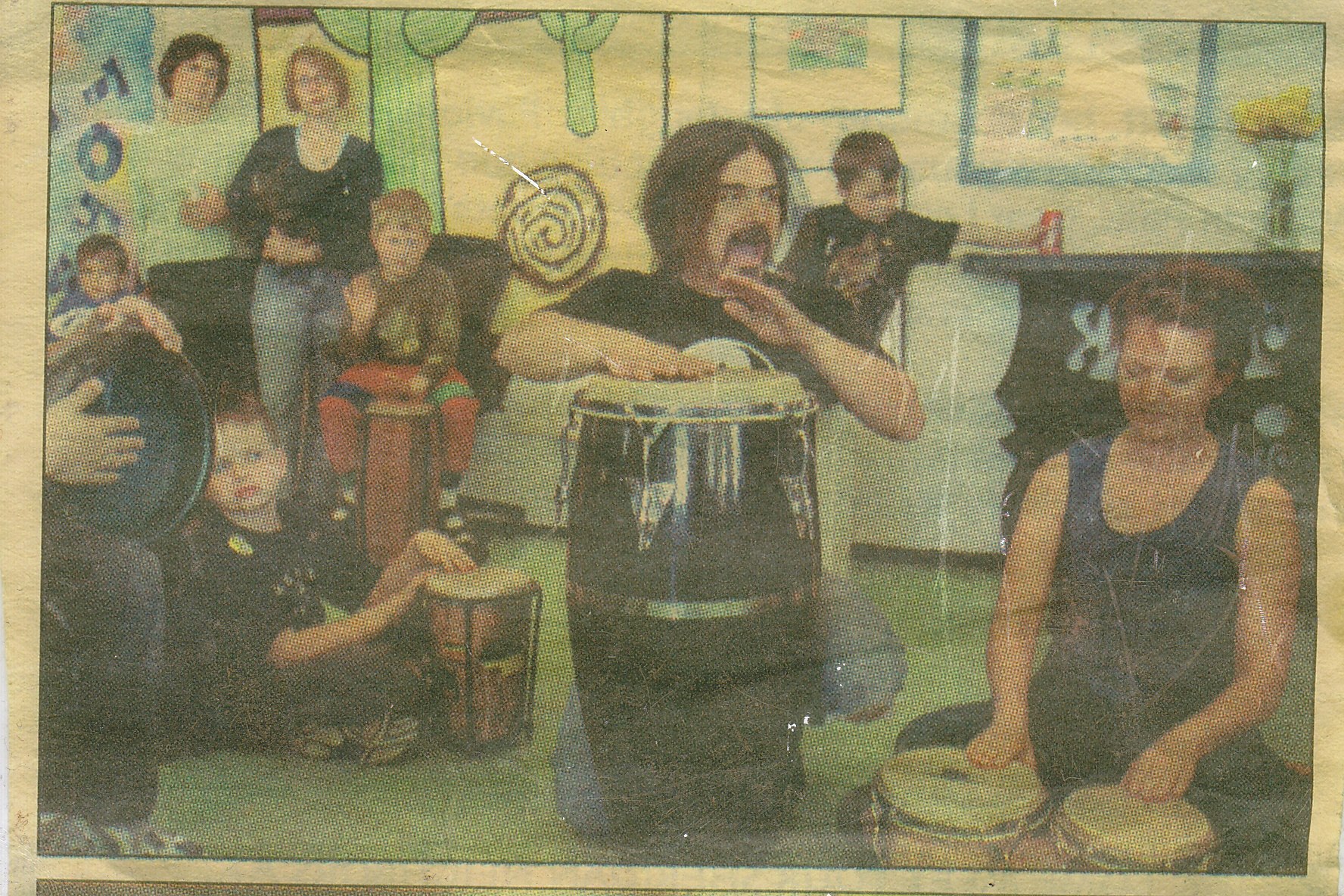Blog
Gary Bartz (born September 26, 1940 Baltimore, MD) is an American jazz saxophonist. He has won two Grammy Awards.
Bartz studied at the Juilliard School. In the early 1960s, he performed with Eric Dolphy and McCoy Tyner in Charles Mingus‘ Jazz Workshop. He worked as a sideman with Max Roach and Abbey Lincoln before joining Art Blakey and the Jazz Messengers. In 1968, he was a member of McCoy Tyner‘s band, Expansions.
In mid-1970, he joined Miles Davis‘ band, performing live at the Isle Of Wight festival in August; and at a series of December dates at The Cellar Door club in Washington, D.C. Portions of these shows were initially released on the 1971 Live-Evil album, with the entire six performance/four night run eventually released in full on the 2005 Cellar Door Sessionsbox set. He later formed the band Ntu Troop, which combined jazz, funk, and soul.
more...Victor Edward Jurusz Jr. (September 26, 1953 – December 31, 2019), known professionally as Vic Juris, was an American jazz guitarist.
Juris was born in Jersey City, New Jersey, but he moved with his family to Parsippany early in his life. In 1963, at the age of 10, he began learning guitar. At 11, he studied guitar at the home of his teacher, Ed Berg, and got interested in jazz listening to Berg’s records of guitarists Django Reinhardt, Jim Hall, Barney Kessel, Jimmy Raney, and Johnny Smith. In his teens he played the rock music of the 1960s. When he was 19, he met blind saxophonist Eric Kloss and they became friends. He made his first recording on Kloss’s album Bodies’ Warmth (Muse, 1975). Around the same time, he met guitarist Pat Martino, who became a friend and mentor.
more...George Gershwin (/ˈɡɜːrʃ.wɪn/; born Jacob Gershwine; September 26, 1898 – July 11, 1937 Brooklyn, NY) was an American composer and pianist whose compositions spanned popular, jazz and classical genres. Among his best-known works are the orchestral compositions Rhapsody in Blue (1924) and An American in Paris (1928), the songs “Swanee” (1919) and “Fascinating Rhythm” (1924), the jazz standards “Embraceable You” (1928) and “I Got Rhythm” (1930), and the opera Porgy and Bess(1935), which included the hit “Summertime“.
Gershwin studied piano under Charles Hambitzer and composition with Rubin Goldmark, Henry Cowell, and Joseph Brody. He began his career as a song pluggerbut soon started composing Broadway theater works with his brother Ira Gershwin and with Buddy DeSylva. He moved to Paris, intending to study with Nadia Boulanger, but she refused him, afraid that rigorous classical study would ruin his jazz-influenced style; Maurice Ravel voiced similar objections when Gershwin inquired on studying with him. He subsequently composed An American in Paris, returned to New York City and wrote Porgy and Bess with Ira and DuBose Heyward. Initially a commercial failure, it came to be considered one of the most important American operas of the twentieth century and an American cultural classic.
Gershwin moved to Hollywood and composed numerous film scores. He died in 1937 of a brain tumor. His compositions have been adapted for use in film and television, with many becoming jazz standards.
more...The dust sculptures of the Eagle Nebula are evaporating. As powerful starlight whittles away these cool cosmic mountains, the statuesque pillars that remain might be imagined as mythical beasts. Featured here is one of several striking dust pillars of the Eagle Nebula that might be described as a gigantic alien fairy. This fairy, however, is ten light years tall and spews radiation much hotter than common fire. The greater Eagle Nebula, M16, is actually a giant evaporating shell of gas and dust inside of which is a growing cavity filled with a spectacular stellar nursery currently forming an open cluster of stars. This great pillar, which is about 7,000 light years away, will likely evaporate away in about 100,000 years. The featured image is in scientifically re-assigned colors and was taken by the Earth-orbiting Hubble Space Telescope.
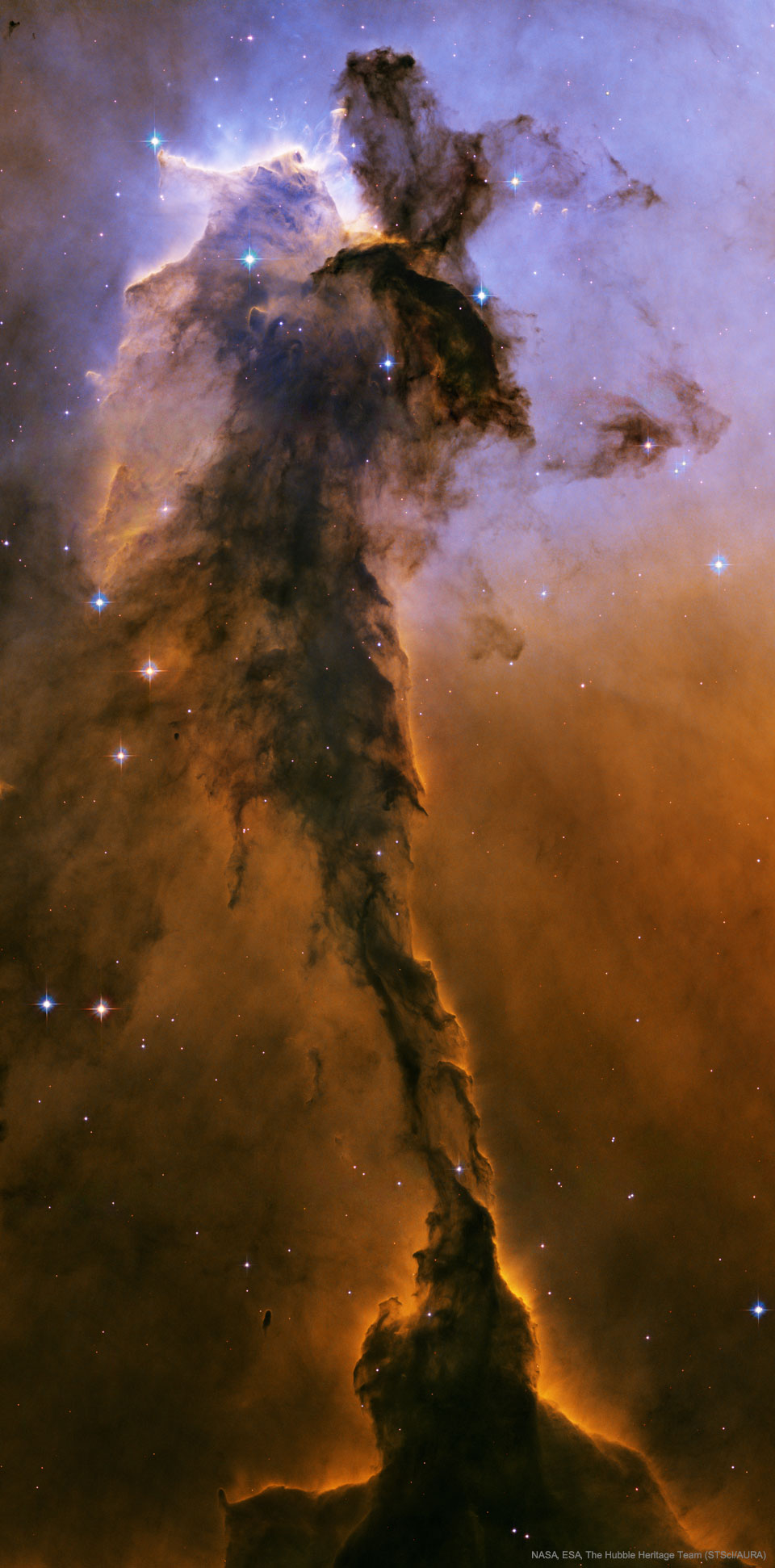
Rossiere “Shadow” Wilson (September 25, 1919 – July 11, 1959) was an American jazz drummer.
Much of Wilson’s early work was with swing jazz orchestras. He played with Frankie Fairfax’s Campus Club Orchestra in 1936, with Lucky Millinderin 1939, and following this, with Benny Carter, Tiny Bradshaw, Lionel Hampton, Earl Hines, Count Basie, and Woody Herman. Later in his career, he played with Illinois Jacquet, Erroll Garner, Thelonious Monk, Ella Fitzgerald, Joe Newman, Lee Konitz, Sonny Stitt, Phil Woods, Gene Quill, and Tadd Dameron. The drummer was known to sit in at the famed Minton’s Playhouse. His nickname came from “his beautiful light touch with brushes,” in the words of bassist Peter Ind. Wilson died of meningitis in July 1959. He never recorded as a leader.
more...
Erik Darling (September 25, 1933 – August 3, 2008) was an American songwriter and a folk music artist. He was an important influence on the folk scene in the late 1950s and early 1960s.
Darling was born in Baltimore, Maryland, United States. Inspired by the folk music group The Weavers, in the 1950s, he formed The Tunetellers, which evolved into The Tarriers with actor/singer Alan Arkin. Their version of the “Banana Boat Song” reached No. 4 on the Billboard chart.
In April 1958, Darling replaced Pete Seeger in The Weavers, and he continued working club dates with The Tarriers until November 1959. Darling also recorded three solo albums. His second solo effort, True Religion, for Vanguard in 1961 was influential on younger folkies of the day. In 1956, he accompanied the Kossoy Sisters on their album Bowling Green.
more...Dmitri Dmitriyevich Shostakovich (25 September [O.S. 12 September] 1906 – 9 August 1975) was a Soviet-era Russian composer and pianist who became internationally known after the premiere of his First Symphony in 1926 and was regarded throughout his life as a major composer.
Shostakovich achieved early fame in the Soviet Union, but had a complex relationship with its government. His 1934 opera Lady Macbeth of Mtsensk was initially a success, but eventually was condemned by the Soviet government, putting his career at risk. In 1948 his work was denounced under the Zhdanov Doctrine, with professional consequences lasting several years. Even after his censure was rescinded in 1956, performances of his music were occasionally subject to state interventions, as with his Thirteenth Symphony (1962). Shostakovich was a member of the Supreme Soviet of the RSFSR (1947) and the Supreme Soviet of the Soviet Union (from 1962 until his death), as well as chairman of the RSFSR Union of Composers (1960–1968). Over the course of his career, he earned several important awards, including the Order of Lenin, from the Soviet government.
Shostakovich combined a variety of different musical techniques in his works. His music is characterized by sharp contrasts, elements of the grotesque, and ambivalent tonality; he was also heavily influenced by neoclassicism and by the late Romanticism of Gustav Mahler. His orchestral works include 15 symphonies and six concerti (two each for piano, violin and cello). His chamber works include 15 string quartets, a piano quintet, and two piano trios. His solo piano works include two sonatas, an early set of 24 preludes, and a later set of 24 preludes and fugues. Stage works include three completed operas and three ballets. Shostakovich also wrote several song cycles, and a substantial quantity of music for theatre and film.
Shostakovich’s reputation has continued to grow after his death. Scholarly interest has increased significantly since the late 20th century, including considerable debate about the relationship between his music and his attitudes to the Soviet government.
more...Samuel Carthorne Rivers (September 25, 1923 – December 26, 2011) was an American jazz musician and composer. Though most famously a tenor saxophonist, he also performed on soprano saxophone, bass clarinet, flute, harmonica, piano and viola.
Active in jazz since the early 1950s, he earned wider attention during the mid-1960s spread of free jazz. With a thorough command of music theory, orchestration and composition, Rivers was an influential and prominent artist in jazz music.
Rivers was born in El Reno, Oklahoma, United States. His father was a gospel musician who had sung with the Fisk Jubilee Singers and the Silverstone Quartet, exposing Rivers to music from an early age. His grandfather was Marshall W. Taylor, a religious leader from Kentucky. Rivers was stationed in California in the 1940s during a stint in the Navy. Here he performed semi-regularly with blues singer Jimmy Witherspoon. Rivers moved to Boston, Massachusetts in 1947, where he studied at the Boston Conservatory with Alan Hovhaness.
He performed with Quincy Jones, Herb Pomeroy, Tadd Dameron and others.
more...Saxophonist and jazz legend Pharoah Sanders has died, the label Luaka Bop announced. His cause of death has not been revealed, but the label wrote, “He died peacefully surrounded by loving family and friends in Los Angeles earlier this morning. Always and forever the most beautiful human being, may he rest in peace.” Sanders was 81.
Born Farrell Sanders on October 13, 1940 in Arkansas, he originally learned how to play clarinet and drums in church before picking up the alto saxophone in high school. His decision to switch to tenor saxophone, his famed instrument, came out of necessity. “I was always trying to figure out what I wanted to do as a career. What I really wanted to do was play the saxophone—that was one of the instruments that I really loved,” Sanders told The New Yorker. “I would rent the school saxophone. You could rent it every day if you wanted to. It wasn’t a great horn. It was sort of beat-up and out of condition. I never owned a saxophone until I finished high school and went to Oakland, California. I had a clarinet, and so I traded that for a new silver tenor saxophone, and that got me started playing the tenor.”
“I couldn’t figure out why he wanted me to play with him, because I didn’t feel like, at the time, that I was ready to play with John Coltrane,” Sanders recalled. “Being around him was almost, like, ‘Well, what do you want me to do? I don’t know what I’m supposed to do.’ He always told me, ‘Play.’ That’s what I did.” Sanders’ music with Coltrane greatly influenced the direction of jazz through the 1970s and ’80s.
Sanders also played a key role in the spiritual jazz movement and helped popularize overblowing and multiphonic techniques. He was additionally a key player in defining the 1960s sound, thanks to his 1969 album Karma, playing on Alice Coltrane’s 1968 album A Monastic Trio, and beyond. In addition to his work with Sun Ra and John Coltrane, Sanders collaborated with jazz luminaries like Don Cherry (on 1966’s Symphony For Improvisersand 1969’s Where Is Brooklyn?) and Ornette Coleman (on 1966’s Chappaqua Suite). He collaborated numerous times with Alice Coltrane, too, including on her iconic 1971 album Journey in Satchidananda, as well as with fellow jazz staples Kenny Garrett, Norman Connors, Tisziji Muñoz, McCoy Tyner, and Randy Weston. While he is well known for his run of albums for Impulse! Records in the 1960s and 1970s—Karma, Thembi, Elevation, Black Unity, and Love in Us All—Sanders continued recording into the 1990s and 2000s. His most recent album, the collaborative LP Promises with Floating Points and the London Symphony Orchestra, came out in 2021. Sanders also reissued a number of his previous records in recent years, including Tauhid, Jewels of Thought, Deaf Dumb Blind (Summun Bukmun Umyun), and Live in Paris (1975)When looking back on his discography, Sanders would frequently say he hadn’t yet made a recording where he was happy with his sound. He didn’t consider himself a perfectionist, but rather a musician on the hunt for the perfect instrument or reed. During his final years, Sanders wasn’t listening to other artists or albums. (“I listen to myself so that I know what I need to work on, and I let that be my guide,” he told NPR.) Instead, he gravitated towards the waves of water, trains rolling by, and airplanes taking off. “I’ve always been like that, especially when I was small. I used to love hearing old car doors squeaking. Maybe it’s something you’re really into, then maybe you’ll get a sound like that,” he told The New Yorker. “So I’m always trying to make something that might sound bad sound beautiful in some way. I’m a person who just starts playing anything I want to play, and make it turn out to be maybe some beautiful music.”
After learning of the jazz great’s deaths, countless collaborators, friends, and admirers of Pharoah Sanders have posted tributes in his honor, including Sun Ra Arkestra, Nigel Godrich, and Yasmin Williams. “My beautiful friend passed away this morning. I am so lucky to have known this man, and we are all blessed to have his art stay with us forever. Thank you Pharoah,” wrote Floating Points.
Messier 74, also called NGC 628, is a stunning example of a “grand-design” spiral galaxy that is viewed by Earth observers nearly face-on. Its perfectly symmetrical spiral arms emanate from the central nucleus and are dotted with clusters of young blue stars and glowing pink regions of ionized hydrogen (hydrogen atoms that have lost their electrons). These regions of star formation show an excess of light at ultraviolet wavelengths. Tracing along the spiral arms are winding dust lanes that also begin very near the galaxy’s nucleus and follow along the length of the spiral arms.
M74 is located roughly 32 million light-years away in the direction of the constellation Pisces, the Fish. It is the dominant member of a small group of about half a dozen galaxies, the M74 galaxy group. In its entirety, it is estimated that M74 is home to about 100 billion stars, making it slightly smaller than our Milky Way.

Linda Louise McCartney, Lady McCartney (née Eastman; September 24, 1941 – April 17, 1998) was an American photographer, musician, animal rights activist, vegetarian cook book author and advocate, and entrepreneur. She was the keyboardist in the band Wings, which also featured her husband, Paul McCartney, a former member of the Beatles.
Beginning in the mid 1960s, Linda began a career as a photographer, landing with Town & Country, where she soon gained assignments to photograph various musicians and entertainers. By the late 1960s, she was a regular fixture at the Fillmore East, a New York concert venue, where she became the unofficial house photographer, photographing numerous performances at the legendary club, and was the first woman to have a photograph on the cover of the influential music journal Rolling Stone. Her photographs were displayed in galleries and museums such as the Victoria and Albert Museum, and were collected in several books.
Linda had been learning to play keyboards from her husband, and after the 1970 breakup of the Beatles, Paul and Linda recorded the album Ram together, and formed the band Wings in 1971. She continued to play alongside Paul following Wings’ breakup in 1981 up until The New World Tour in 1993.
She was a vocal animal rights activist and wrote and published several vegetarian cookbooks. She also founded the vegetarian Linda McCartney Foods company with her husband. In 1995, she was diagnosed with breast cancer and died from the disease three years later at the age of 56.
more...Theodore “Fats” Navarro (September 24, 1923 – July 6, 1950)[1] was an American jazz trumpet player. He was a pioneer of the bebop style of jazz improvisation in the 1940s. He had a strong stylistic influence on many other players, including Clifford Brown.
Navarro was born in Key West, Florida, United States, of Cuban, African, and Chinese descent. He began playing piano at age six, but did not become serious about music until he began playing trumpet at the age of thirteen. He was a childhood friend of drummer Al Dreares. By the time he graduated from Douglass High School, he wanted to be away from Key West and joined a dance band headed for the Midwest. Navarro died of tuberculosis and heroin addiction in New York City on July 6, 1950, and was survived by wife Rena (née Clark, 1927–1975) and his daughter Linda (1949–2014). He was buried in an unmarked grave, number 414, at the Rose Hill Cemetery in Linden, New Jersey.
more...
Lemon Henry “Blind Lemon” Jefferson (September 24, 1893 – December 19, 1929) was an American blues and gospel singer-songwriter and musician. He was one of the most popular blues singers of the 1920s and has been called the “Father of the Texas Blues“.
Due mainly to his high-pitched voice and the originality of his guitar playing, Jefferson’s performances were distinctive. His recordings sold well, but he was not a strong influence on younger blues singers of his generation, who could not imitate him as easily as they could other commercially successful artists. Later blues and rock and roll musicians, however, did attempt to imitate both his songs and his musical style. Jefferson was born blind, near Coutchman, Texas. He was the youngest of seven (or possibly eight) children born to Alex and Clarissa Jefferson, who were African-American sharecroppers.
Jefferson died in Chicago at 10:00 a.m. on December 19, 1929, of what his death certificate said was “probably acute myocarditis“. For many years, rumors circulated that a jealous lover had poisoned his coffee, but a more likely explanation is that he died of a heart attack after becoming disoriented during a snowstorm. Some have said that he died of a heart attack after being attacked by a dog in the middle of the night. In his 1983 book Tolbert’s Texas, Frank X. Tolbert claims that he was killed while being robbed of a large royalty payment by a guide escorting him to Chicago Union Station to catch a train home to Texas. Paramount Records paid for the return of his body to Texas by train, accompanied by the pianist William Ezell.
more...More Posts
- Jim Zieba “Sitting back and enjoying the music”
- Nothando Zulu doesn’t separate the artist from the community
- Chris Johnson: He Gets Paid by the Rest
- Johnna Morrow: Survival Through Diversification
- Kevin Washington: Jumping Out of the Box
- Milo Fine: Composing in Real Time
- Homewood Studios: You Do Not Have to Leave the Community to Find Great Art
- David Harris: Music Builds Community
- Jamie Carter: Music is a Reflection of Life
- Merlin Brunkow-Bronco Keeps on Playing
- Scott Nieman-Music Brings People Together Locally and Globally
- KARIBUNI
- Maqam
- Ancestor Energy
- Maroons
- Mojo Roots
- Voices of Sepharad
- Beau Koo Jacks
- World Cafe International
- Mojo Roots: Prakriti’s Kiss
